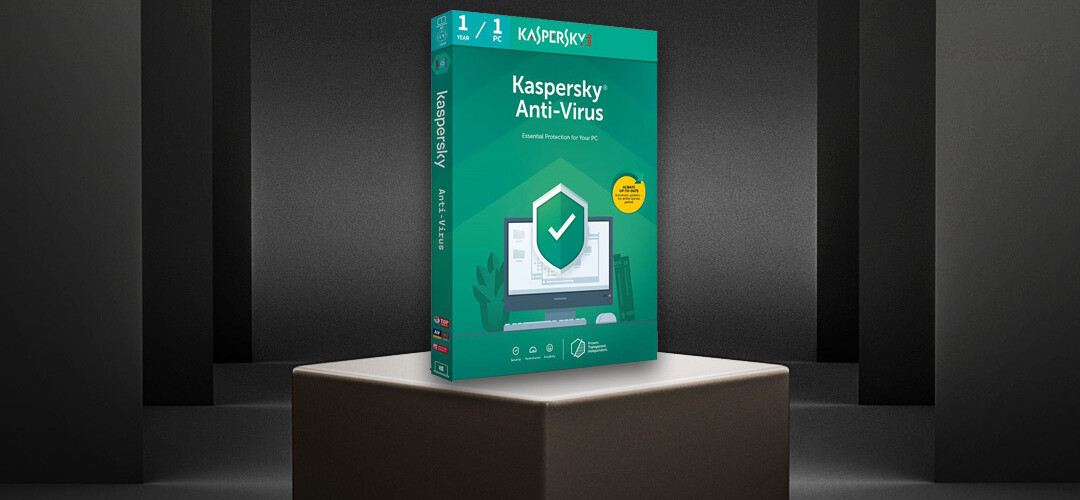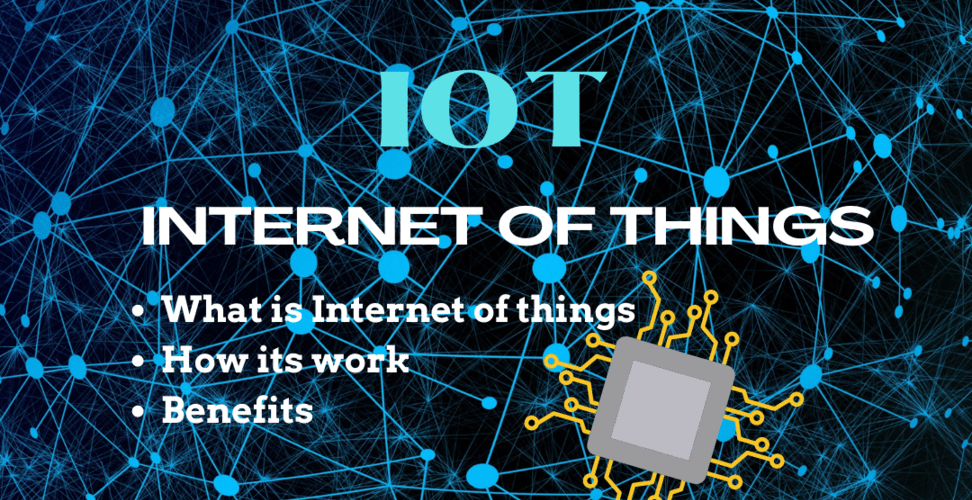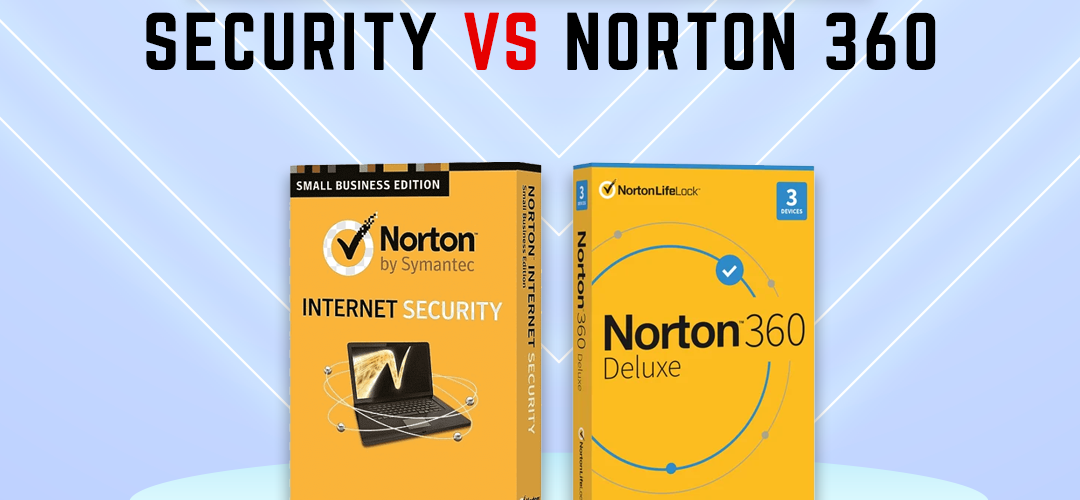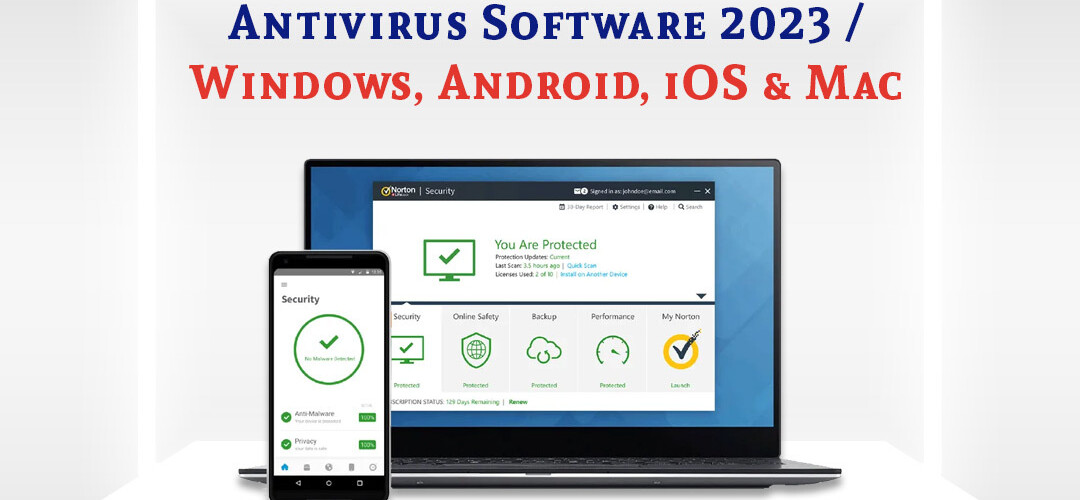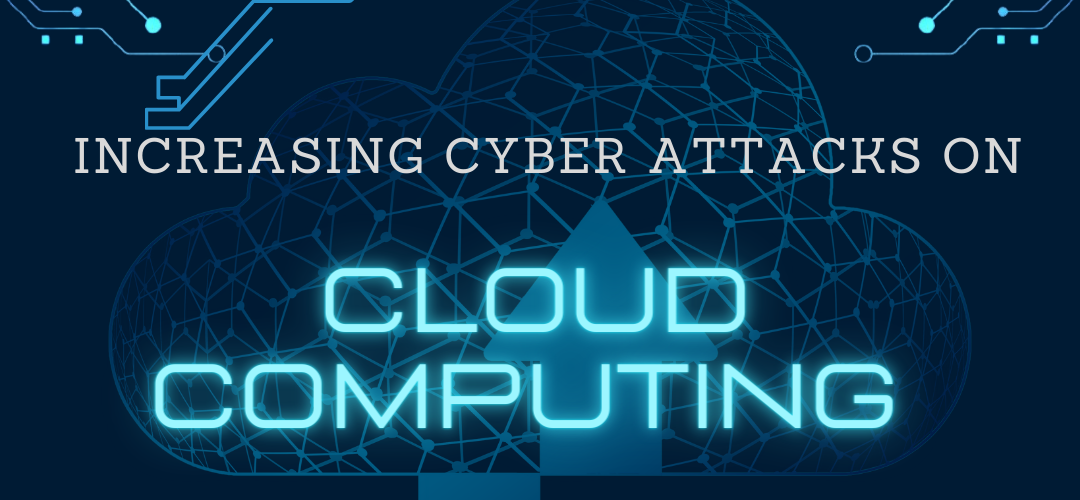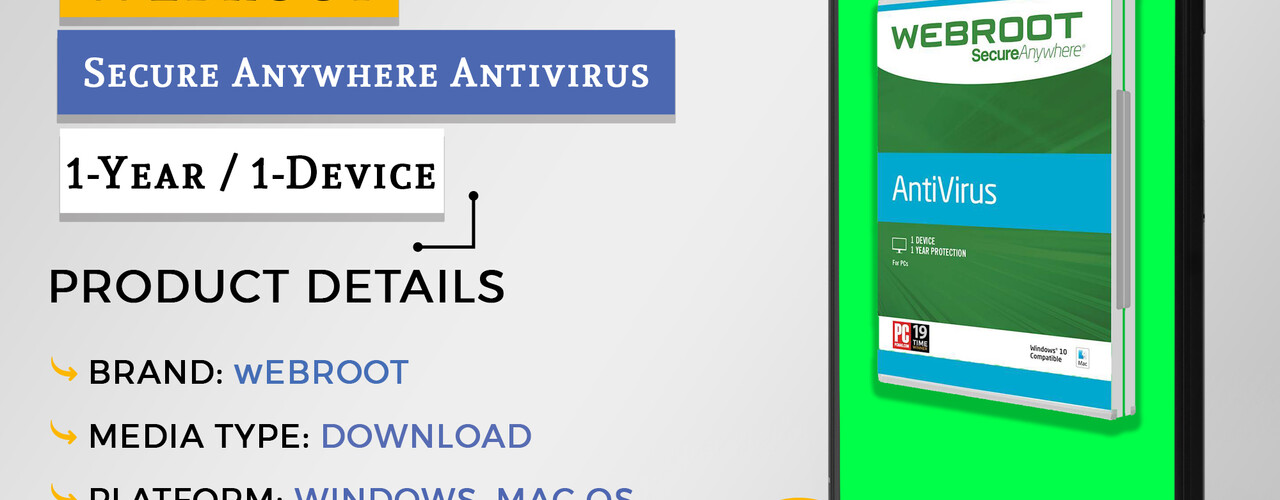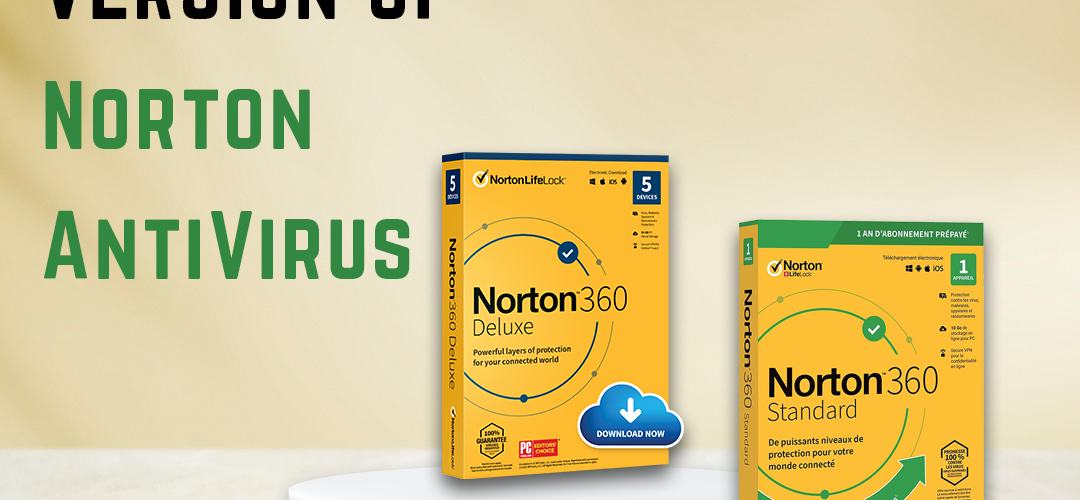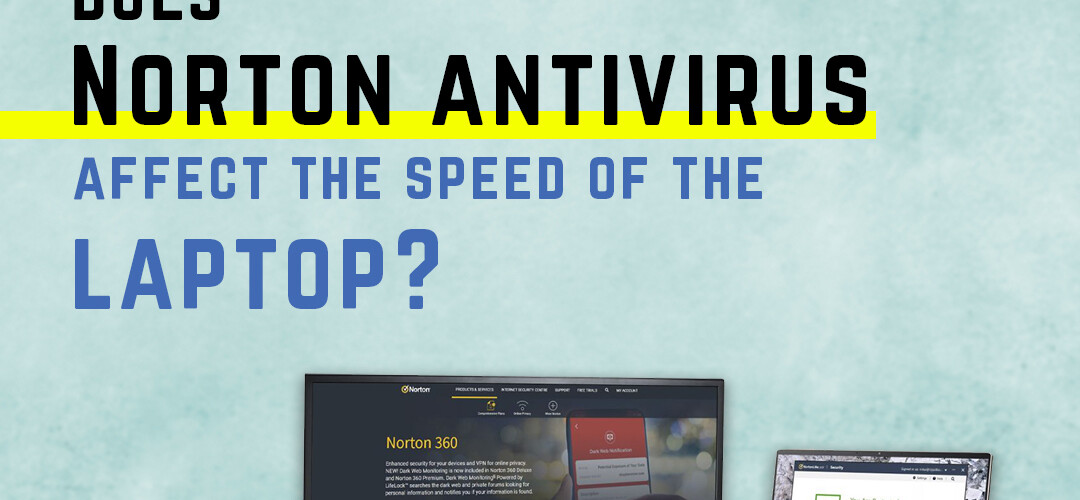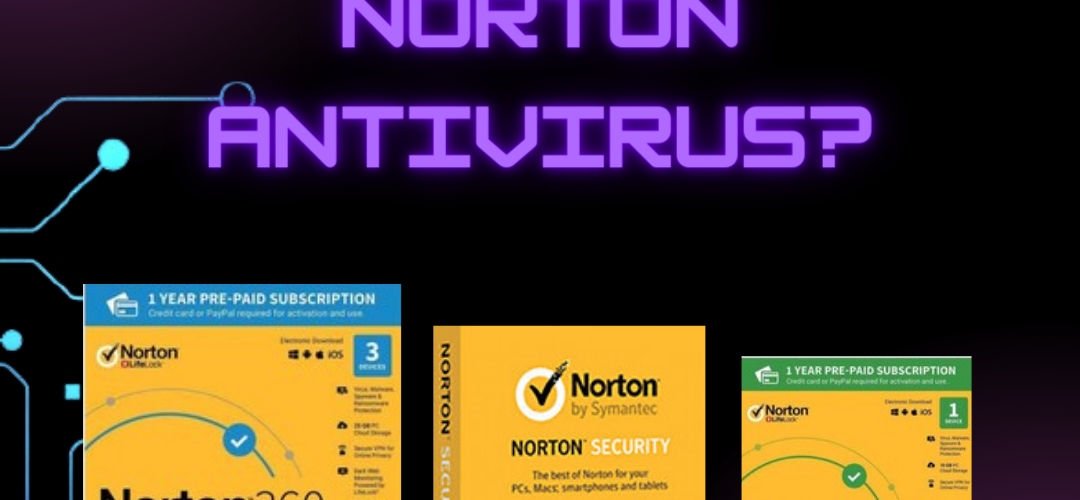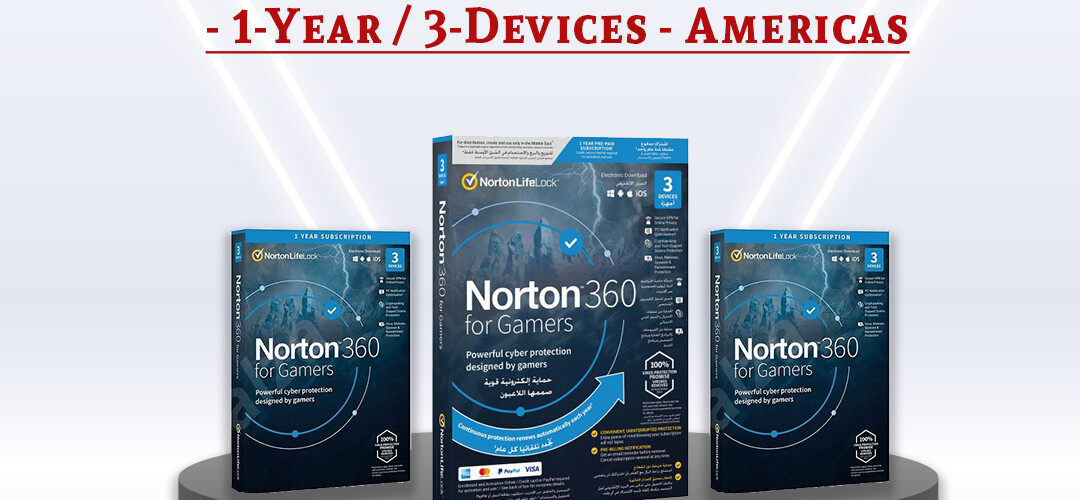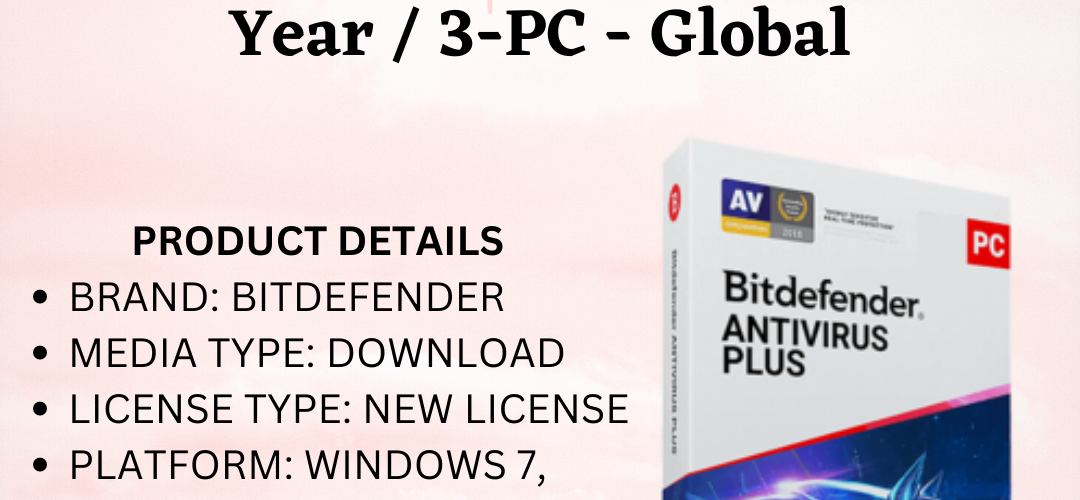Digital twin technology 2023 | How its work? - isoftwarestore
Digital twin technology is a cutting-edge approach that uses advanced sensor technology, Internet of Things (IoT) devices, and digital modeling to create a virtual replica of a physical asset, system, or process. This virtual replica, or digital twin, is a real-time, accurate representation of the asset, system, or process that can be used to monitor, analyze, and optimize its performance in ways that were not previously possible.
The digital twin technology can be used in a wide range of industries, such as manufacturing, construction, transportation, and energy. In manufacturing, for example, a digital twin of a machine can be used to monitor its performance, predict when maintenance is required, and optimize its operation to improve efficiency and reduce downtime. In construction, a digital twin of a building can be used to monitor its construction progress, identify potential issues, and optimize its design to improve energy efficiency and reduce costs. In transportation, a digital twin of a vehicle can be used to monitor its performance, predict when maintenance is required, and optimize its route to reduce fuel consumption.
One of the key benefits of digital twin technology is the ability to simulate and test changes to the physical asset, system, or process before they are implemented in the real world. This allows organizations to identify and address potential issues before they occur, reducing the risk of downtime and increasing the efficiency of the asset, system, or process. It also allows organizations to optimize the performance of the asset, system, or process in ways that were not previously possible, such as by reducing energy consumption or improving the safety of the asset, system, or process.
Another benefit of digital twin technology is the ability to monitor and analyze data from the physical asset, system, or process in real-time. This allows organizations to identify and address issues as they occur, reducing the risk of downtime and increasing the efficiency of the asset, system, or process. It also allows organizations to optimize the performance of the asset, system, or process in ways that were not previously possible, such as by reducing energy consumption or improving the safety of the asset, system, or process.
Digital twin technology also enables organizations to collaborate and share data across different departments, such as engineering, operations, and maintenance. This allows organizations to identify and address issues across different departments, reducing the risk of downtime and increasing the efficiency of the asset, system, or process.
The use of digital twin technology also enables organizations to make more informed decisions about the future of their assets, systems, and processes. This allows them to plan for maintenance, upgrades, and replacements more effectively, reducing the risk of downtime and increasing the efficiency of the asset, system, or process.
Despite the many benefits, digital twin technology is still relatively new and requires a significant investment in terms of hardware, software, and personnel. Additionally, organizations need to ensure that their data is accurate, complete, and up-to-date to ensure that the digital twin is an accurate representation of the physical asset, system, or process.
How its work ?
Digital twin technology creates a virtual replica of a physical asset, system or process that can be used to monitor, analyze and optimize the performance of the physical asset, system or process in real-time. The digital twin is a real-time, accurate representation of the physical asset, system or process that can be used to simulate and test changes to the physical asset, system or process before they are implemented in the real world.
The process of creating a digital twin starts with the collection of data from the physical asset, system or process using sensors and IoT devices. The data is then analyzed and used to create a digital model of the physical asset, system or process. This digital model is then used to create the digital twin which is a virtual replica of the physical asset, system or process.
Once the digital twin is created, it can be used to monitor the performance of the physical asset, system or process in real-time. The digital twin can be configured to send alerts when certain conditions are met such as when a temperature exceeds a certain threshold. This allows organizations to identify and address issues as they occur, reducing the risk of downtime and increasing the efficiency of the asset, system or process.
The digital twin can also be used to simulate and test changes to the physical asset, system or process before they are implemented in the real world. This allows organizations to identify and address potential issues before they occur, reducing the risk of downtime and increasing the efficiency of the asset, system or process. It also allows organizations to optimize the performance of the asset, system or process in ways that were not previously possible, such as by reducing energy consumption or improving the safety of the asset, system or process.
The digital twin can also be used to collaborate and share data across different departments, such as engineering, operations, and maintenance. This allows organizations to identify and address issues across different departments, reducing the risk of downtime and increasing the efficiency of the asset, system or process.
Conclusion
In conclusion, digital twin technology is an innovative approach that uses advanced sensor technology, IoT devices, and digital modeling to create a virtual replica of a physical asset, system, or process. This virtual replica is a real-time, accurate representation of the asset, system, or process that can be used to monitor, analyze, and optimize its performance in ways that were not previously possible. The use of digital twin technology can bring many benefits to organizations such as reducing downtime, increasing efficiency, and enabling more informed decision making. However, it also requires significant investment and ensuring the data is accurate, complete, and up-to-date. Digital twin technology creates a virtual replica of a physical asset, system or process that can be used to monitor, analyze and optimize the performance of the physical asset, system or process in real-time. The digital twin can be used to simulate and test changes to the physical asset, system or process, identify and address potential issues before they occur, and collaborate and share data across different departments. The use of digital twin technology allows organizations to make more informed decisions about the future of their assets, systems and processes.
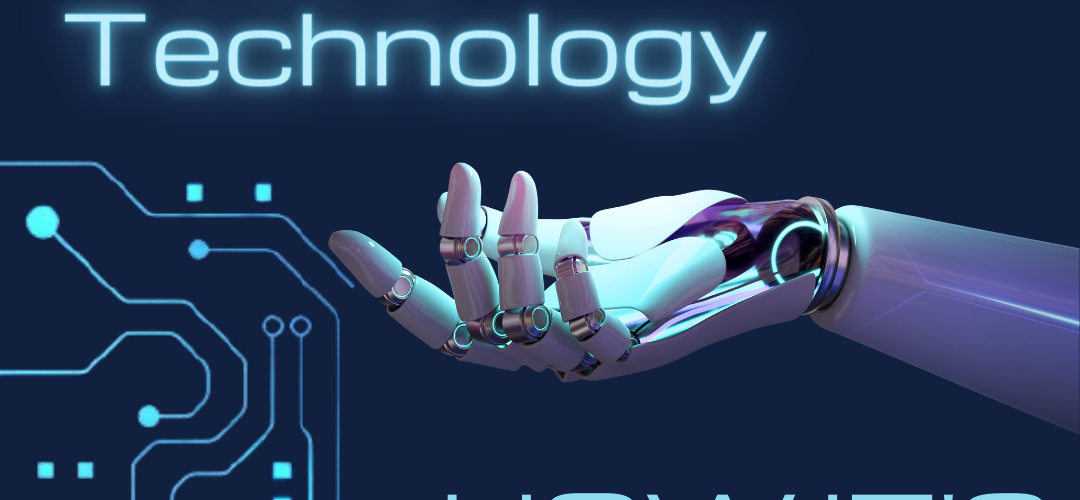
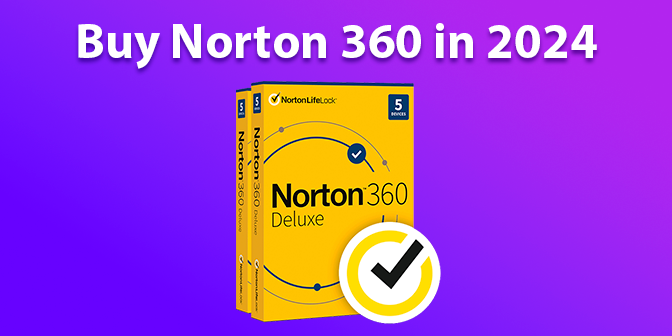




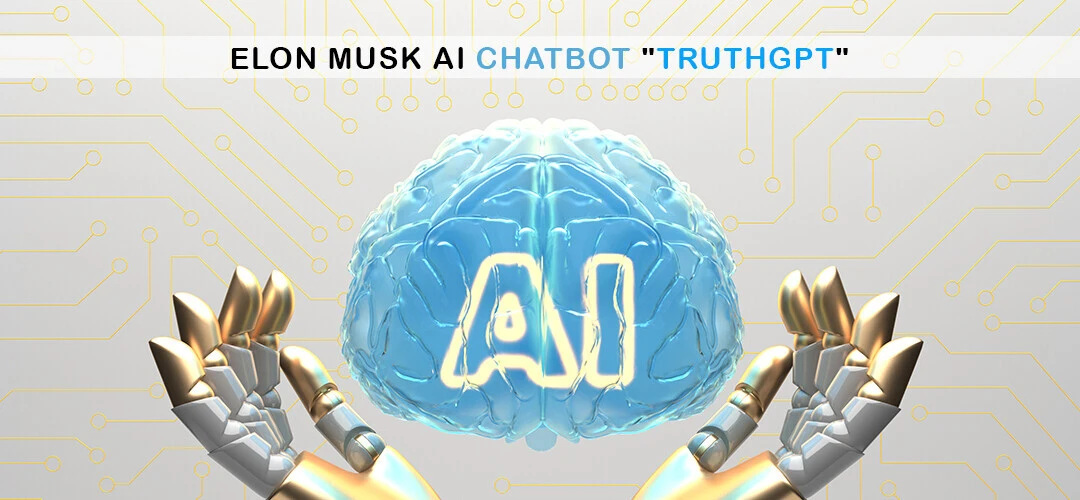
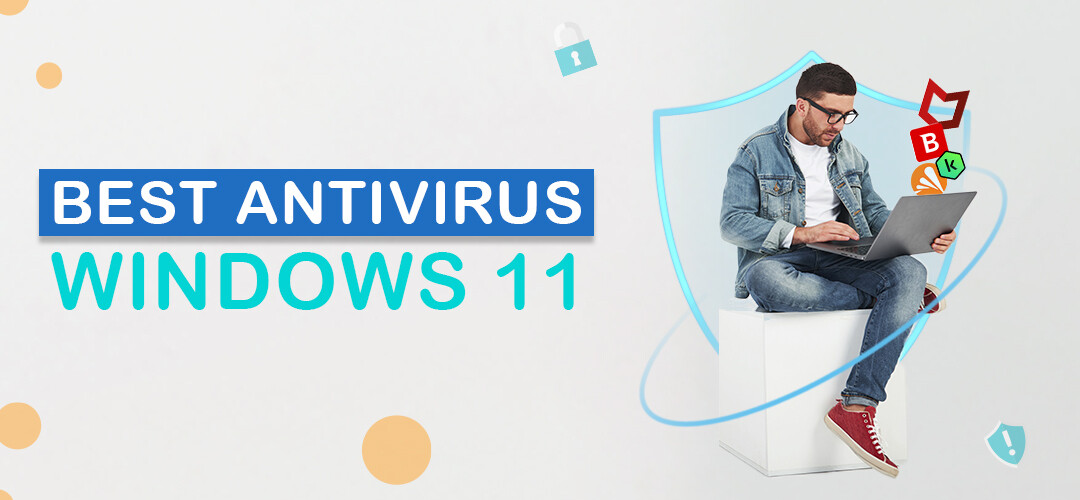
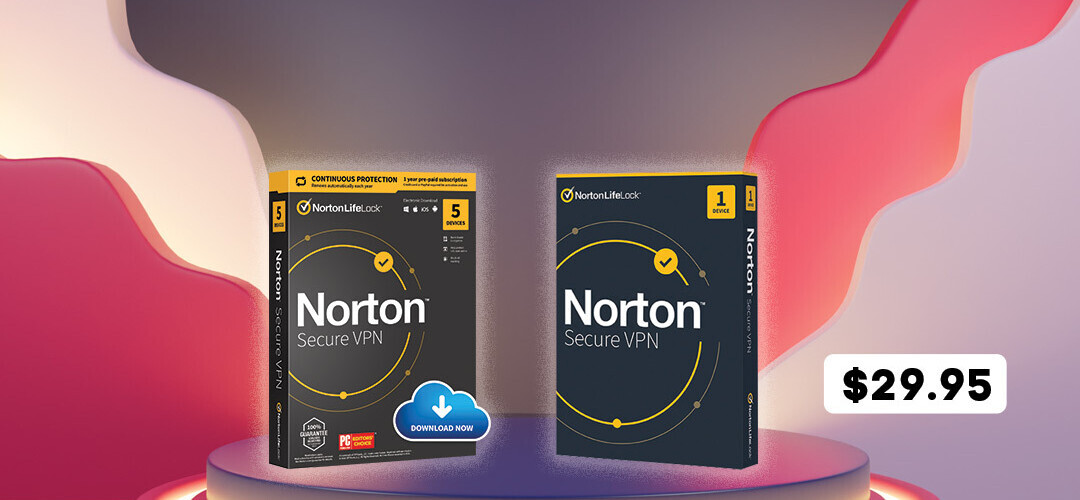



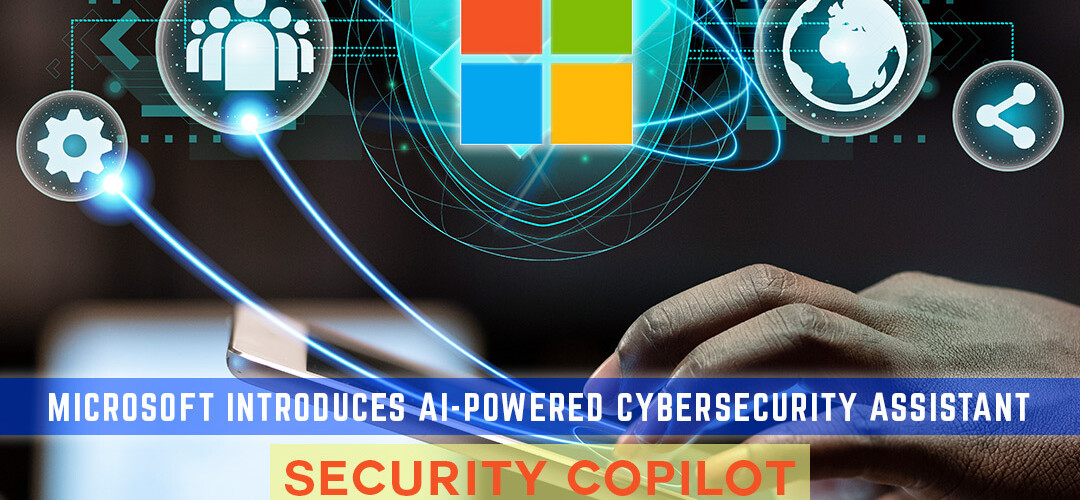
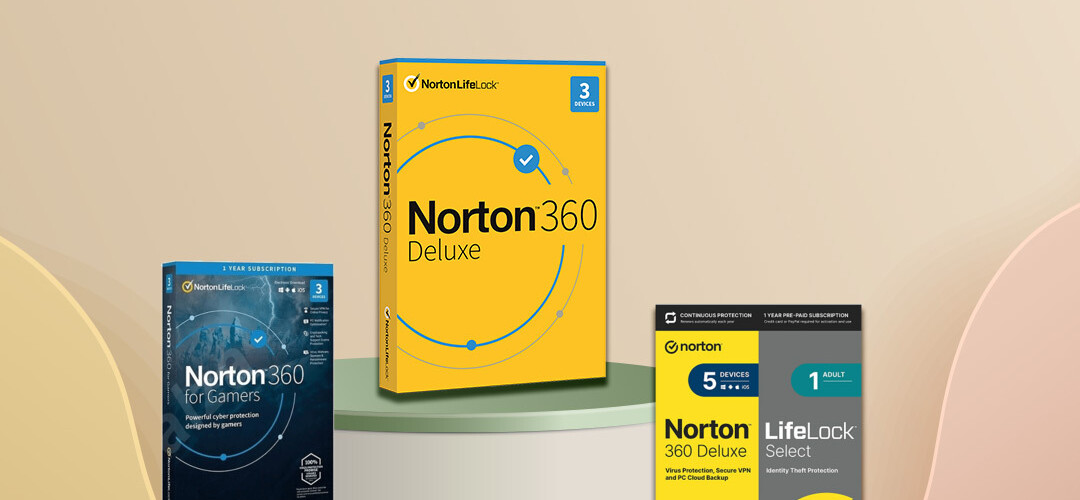


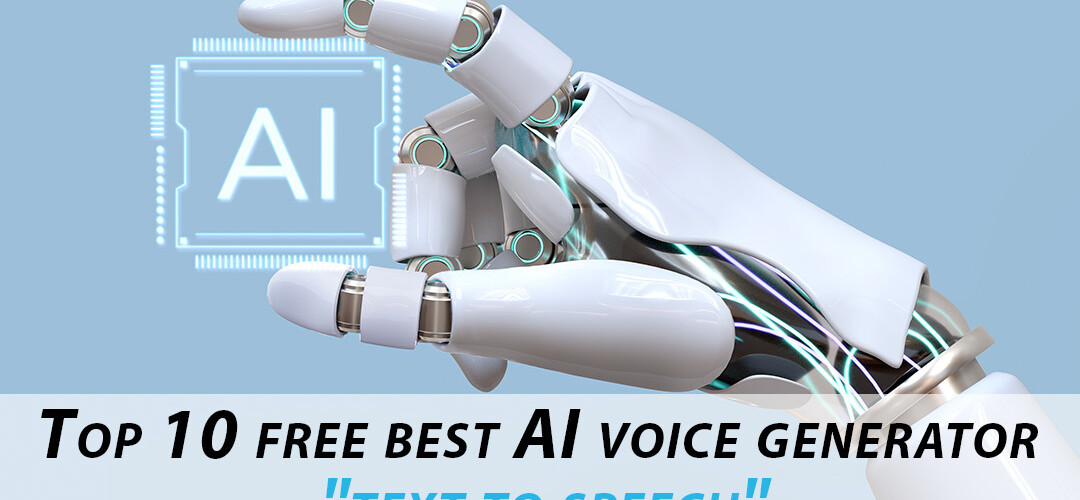



![Best antivirus software for gaming pc [2023] - isoftwarestore Best antivirus software for gaming pc [2023] - isoftwarestore](/images/blogs/5zS1kMre.png)


![Webroot vs Norton 360 [2023] | which is better @isoftwarestore Webroot vs Norton 360 [2023] | which is better @isoftwarestore](/images/blogs/23ormN2S.jpg)

